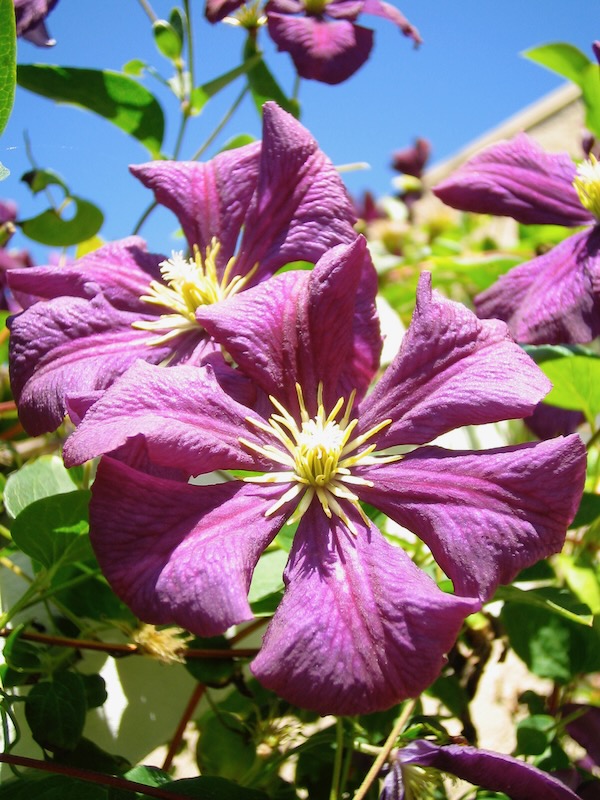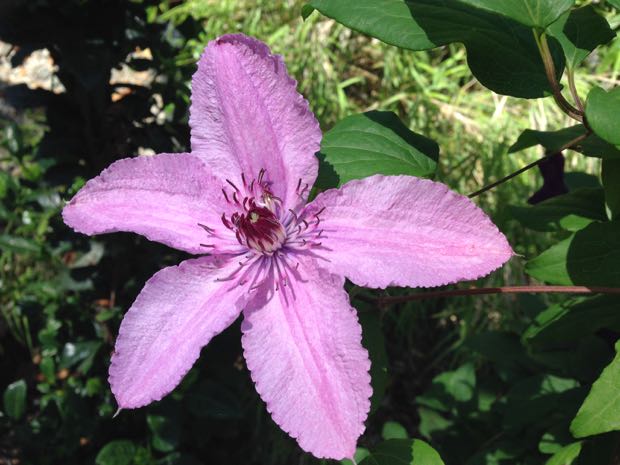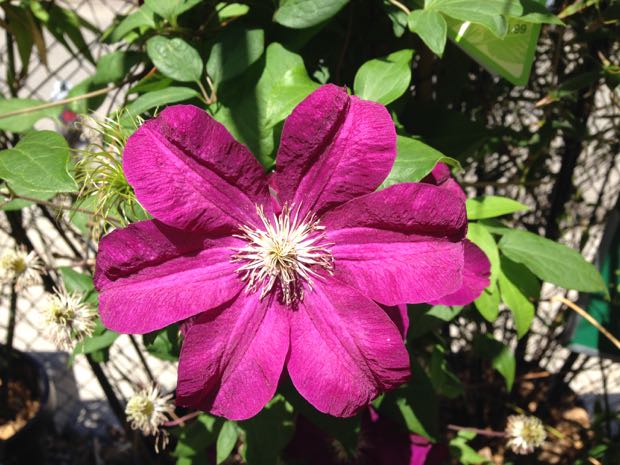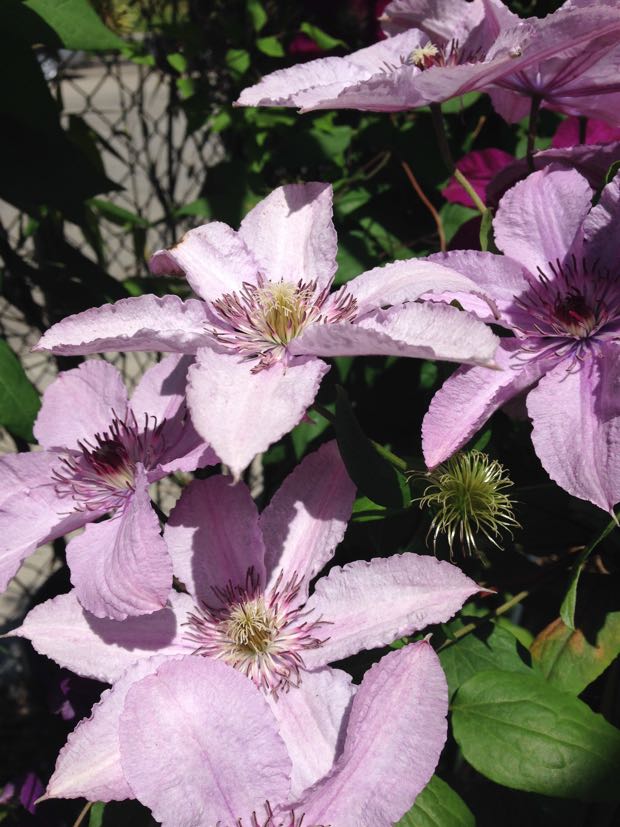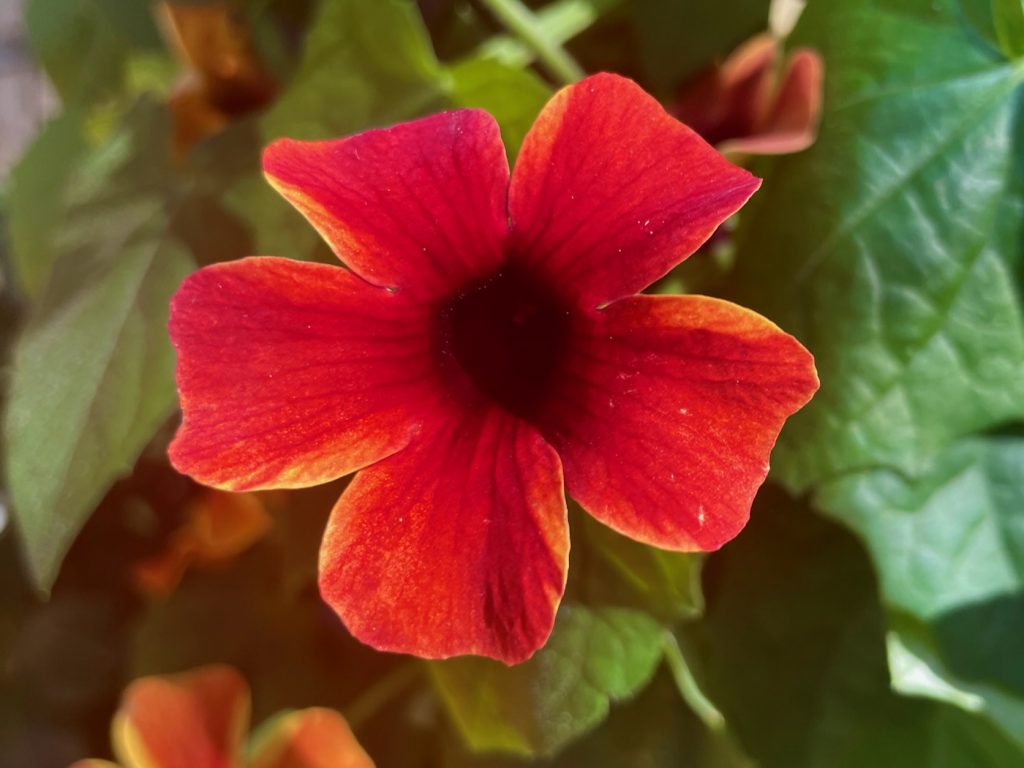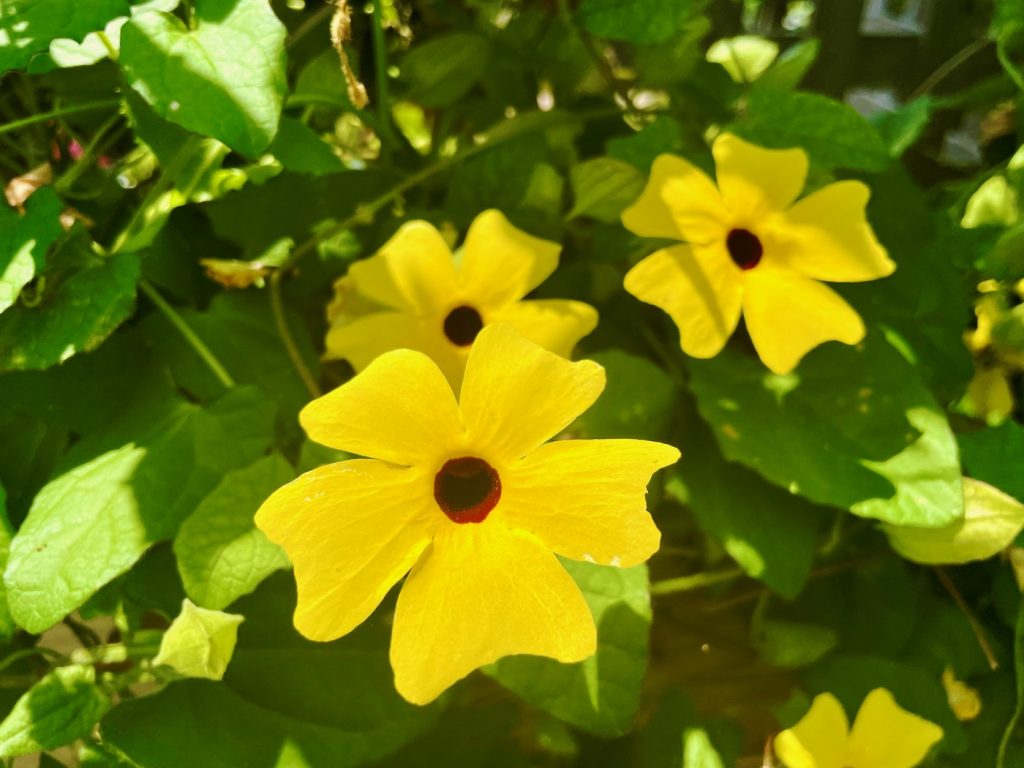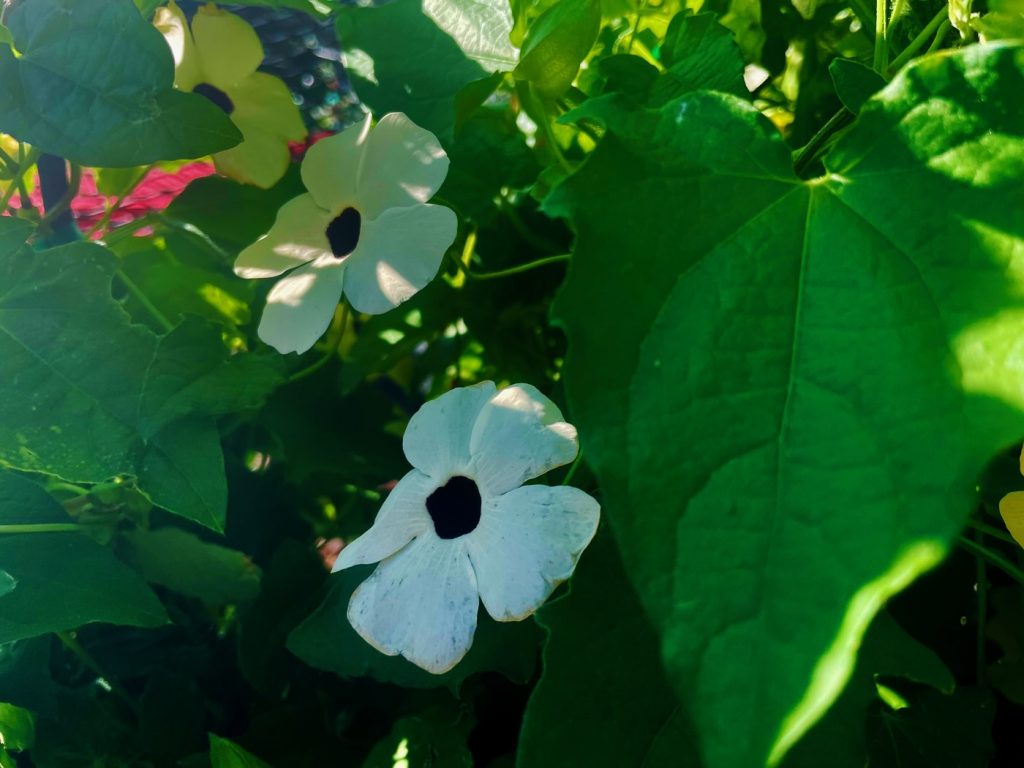Clematis: Unveiling the Enchanting Climbers
Clematis, a captivating genus of plants, encompasses a diverse range of climbers and shrubs. It belongs to the Ranunculaceae family, which includes a plethora of enchanting flowering species. With over 370 known species originating from various parts of the world, including Asia and North America, Clematis showcases its global presence and popularity.
Origins and Discovery
Clematis species have been appreciated for their beauty and charm since ancient times. While their precise origins may vary depending on the species, they are predominantly found in Asia and North America. The genus was first classified and described by renowned botanists and naturalists, contributing to the understanding and documentation of these remarkable plants.
Characteristics and Fragrant Floral Splendor
Clematis exhibits an array of captivating features that make it a cherished addition to any garden. Its vibrant blossoms, which can vary in size, enchant onlookers with their profusion and delicate allure. Whether adorned with solitary flowers or clustered blooms, Clematis offers a spectacle of color and elegance. The leaves of Clematis are opposite and compound, providing an attractive backdrop for the dazzling flowers.
Flowering Season and Aromatic Delights
Clematis graces the landscape with its blooming prowess during specific seasons, depending on the species and geographical location. While flowering times may vary, many Clematis species showcase their vibrant blooms in spring and summer. As for fragrance, certain varieties of Clematis boast a delicate and pleasing aroma, further enhancing their appeal. The fragrance adds an olfactory dimension to the visual spectacle, creating a multi-sensory experience in the garden.
Cultivating Clematis:
Sunlight: Clematis thrives when provided with abundant sunlight. Full sun exposure is preferred, although some varieties can tolerate partial shade. To ensure optimal growth and blooming, choose a location in your garden that receives ample sunlight throughout the day.
Watering: While Clematis enjoys regular watering, it’s important to maintain a balance to prevent overwatering or waterlogged conditions. The key is to keep the soil consistently moist but not overly saturated. Mulching the base of the plant helps retain moisture and keeps the roots cool.
Soil: Clematis appreciates well-draining, fertile soil. A loamy soil composition is ideal, as it allows for proper moisture retention while preventing waterlogging. Amending the soil with organic matter such as compost or well-rotted manure enhances its fertility and provides a nutrient-rich environment for the plants to thrive.
Pests, Diseases, and Pruning Considerations
Clematis is generally resilient, but it can occasionally face certain pests and diseases. Common pests include aphids and spider mites, which can be controlled using organic insecticides or by introducing beneficial insects to the garden. Powdery mildew and Clematis wilt are among the diseases that can affect these plants. Adequate air circulation and proper spacing between plants, as well as regular inspection and prompt treatment, can help mitigate these issues.
Pruning Clematis is essential for maintaining its vigor and promoting healthy growth. The timing and technique of pruning may vary depending on the specific Clematis species, as well as whether it flowers on old or new wood. Consulting pruning guidelines specific to your Clematis variety is recommended to ensure optimal results.
Propagation:
Clematis can be propagated through various methods, including seeds, stem cuttings, and layering. Collecting seeds from mature flowers and sowing them in well-prepared soil can lead to successful germination. Stem cuttings taken during the active growing season and treated with rooting hormone can also yield new plants. Layering, which involves encouraging the stems to root while still attached to the parent plant, is another effective propagation technique.
With its captivating climbers and awe-inspiring floral display, Clematis has secured its place as a beloved garden favorite. From its radiant blooms to its adaptable nature, this genus offers a myriad of possibilities for gardeners seeking to create a stunning botanical haven.
Understanding Clematis Pruning Groups
Clematis plants are classified into three pruning groups based on their flowering habits and how they should be pruned. Knowing which group your Clematis belongs to will help you determine the appropriate pruning techniques to ensure optimal growth and abundant blooms. Here are the characteristics of each group:
Group 1: Flowers only on old wood (previous year). Prune after spring flowering. Clematis in Group 1 produce flowers exclusively on the previous year’s growth. These plants should be pruned after they finish flowering in spring. Pruning them at this time allows the new growth to develop and produce buds for the following year’s blooms. It is important to avoid pruning Group 1 Clematis in fall or winter, as it would remove the potential flower buds.
Group 2: Flowers on both old and new wood. Typically, little pruning should be done for woody-stemmed members of this Group. If cut to the ground or pruned in fall or spring, flowering will be reduced or delayed but not prevented. Clematis in Group 2 display the unique ability to bloom on both old and new growth. Woody-stemmed members of this group generally require minimal pruning. If pruned heavily or cut back to the ground in fall or spring, they may experience a reduction or delay in flowering. To maintain the natural growth habit and maximize blooms, it is best to limit pruning for Group 2 Clematis.
Group 3: Flowers only on new wood. Can be cut to the ground in fall or spring. Clematis in Group 3 produce flowers solely on the current year’s growth. These plants can be pruned more aggressively without sacrificing blooms. In late fall or early spring, Group 3 Clematis can be cut back to the ground, as the new growth will emerge from the base. This type of pruning stimulates vigorous growth and ensures a profusion of flowers during the growing season.
Understanding the pruning requirements of your Clematis based on its group will help you maintain a healthy and flourishing vine, allowing it to showcase its beauty year after year.
See also Clematis ‘Jackmanii’

